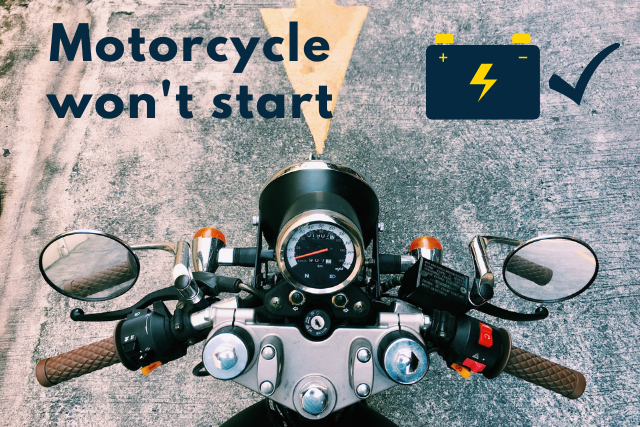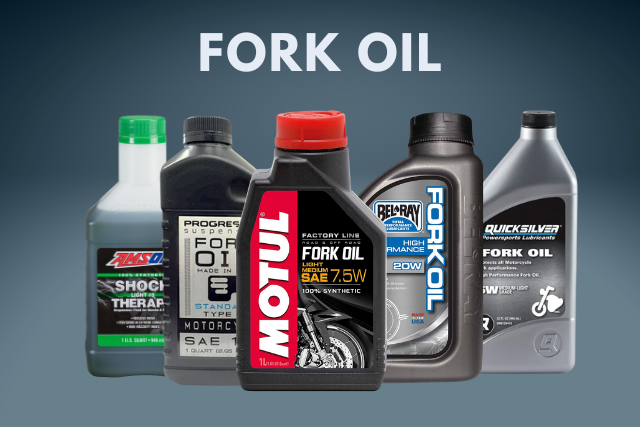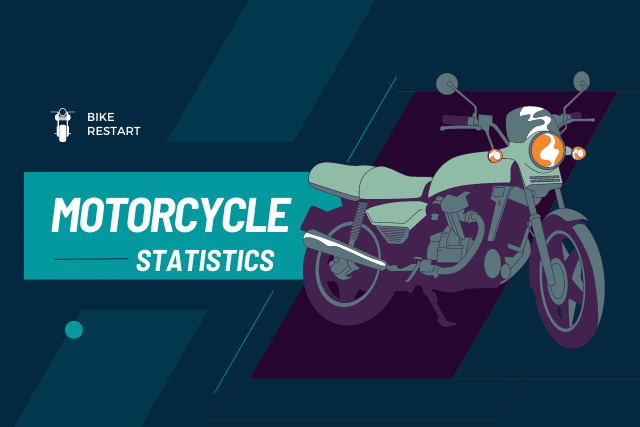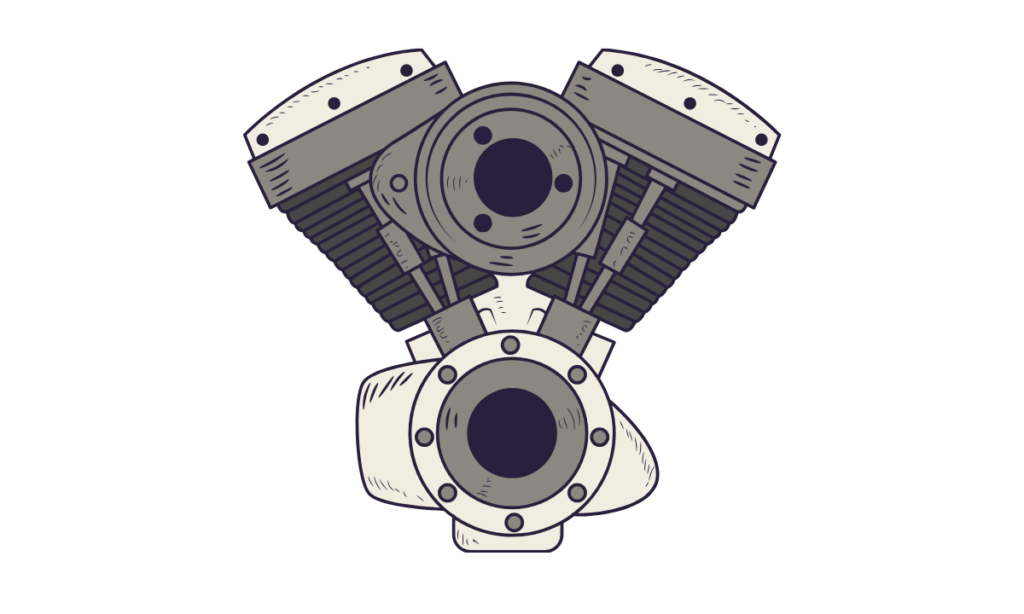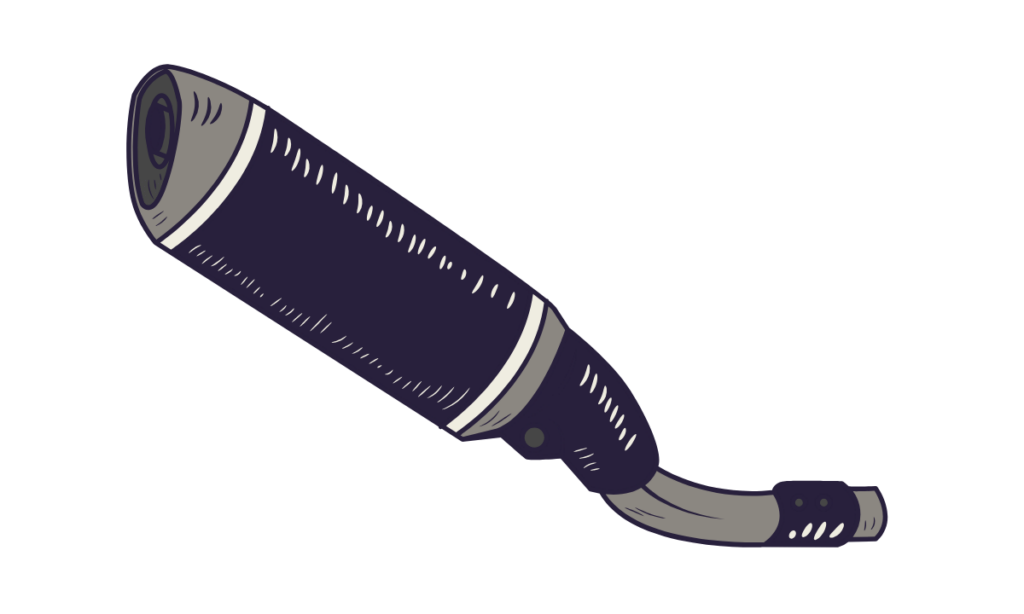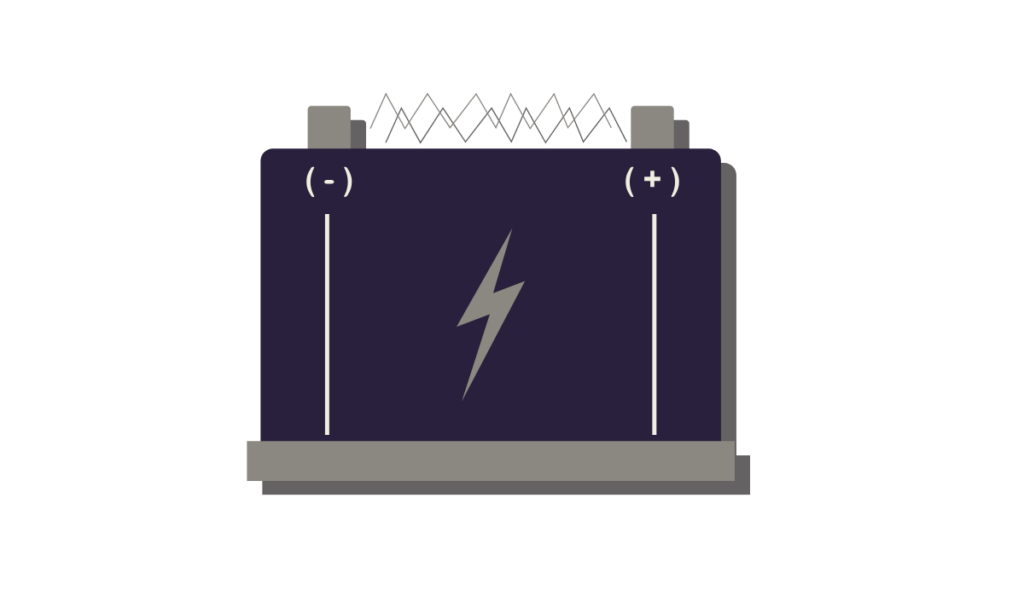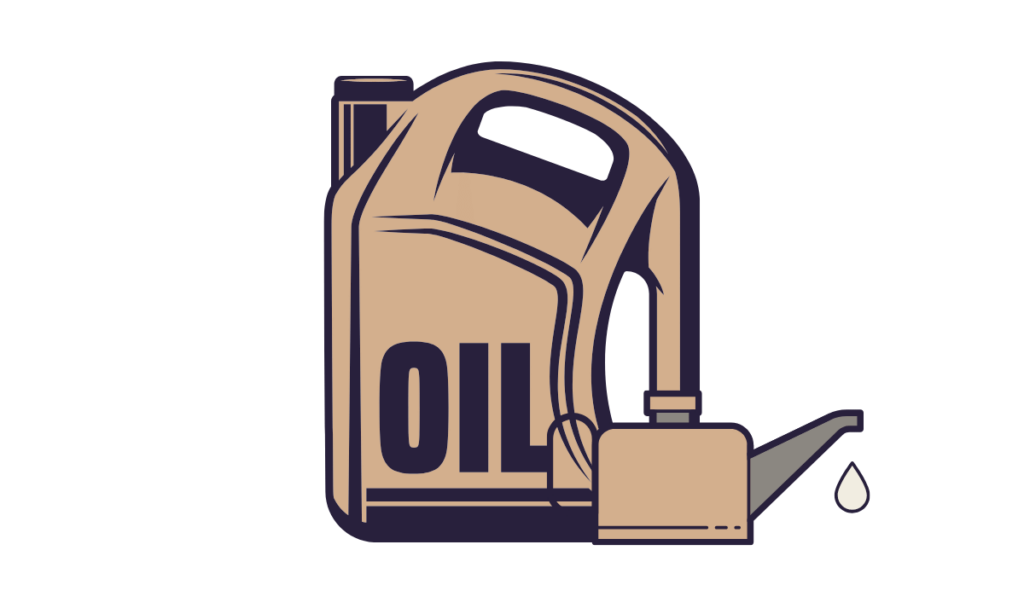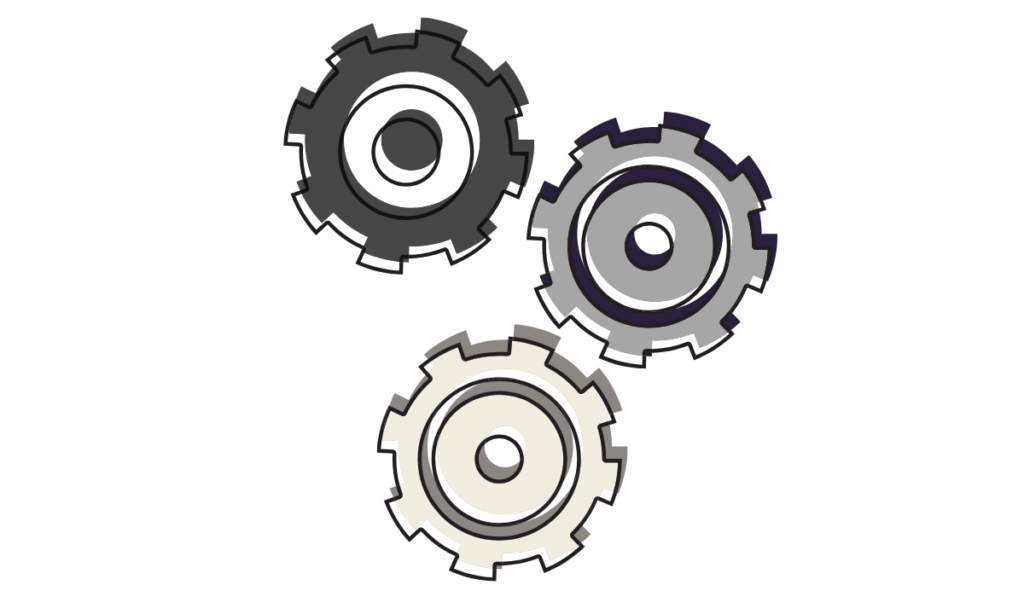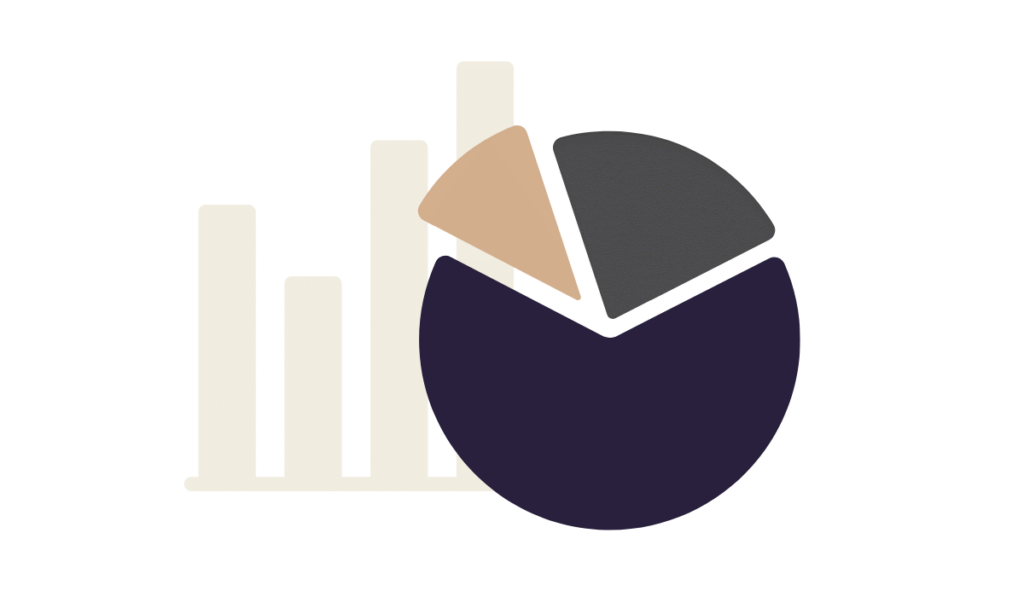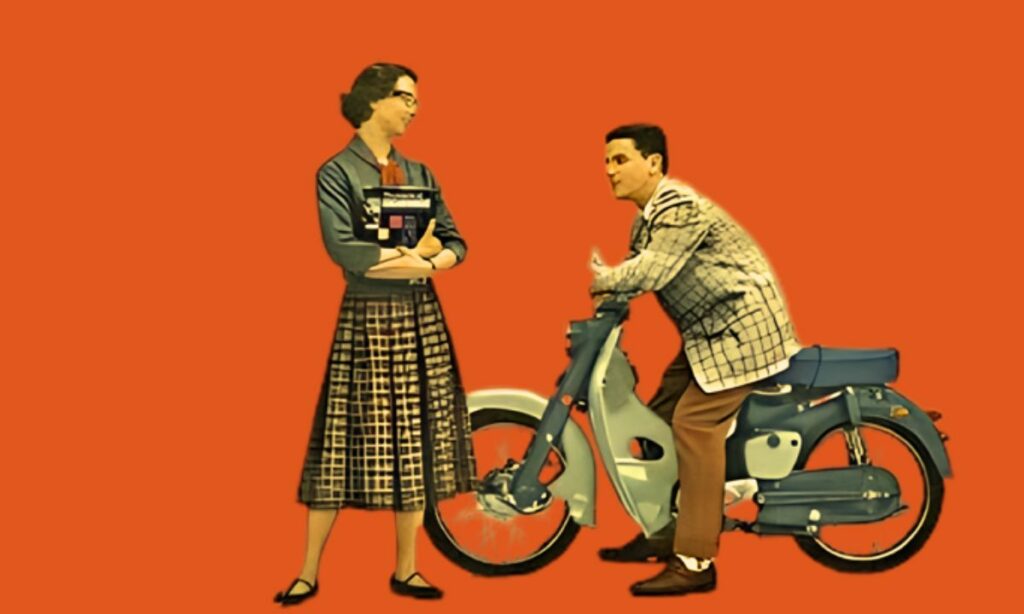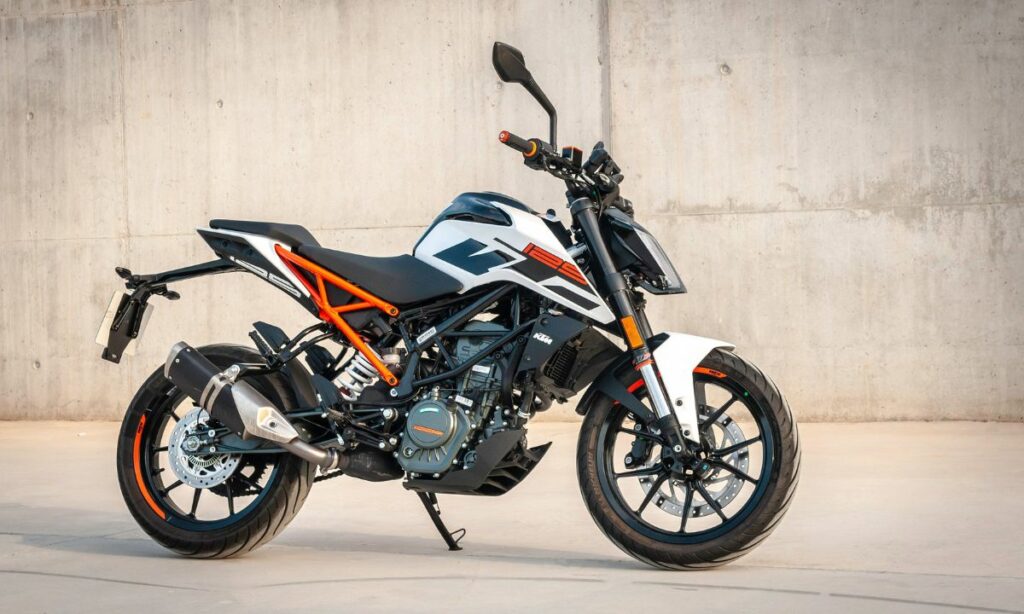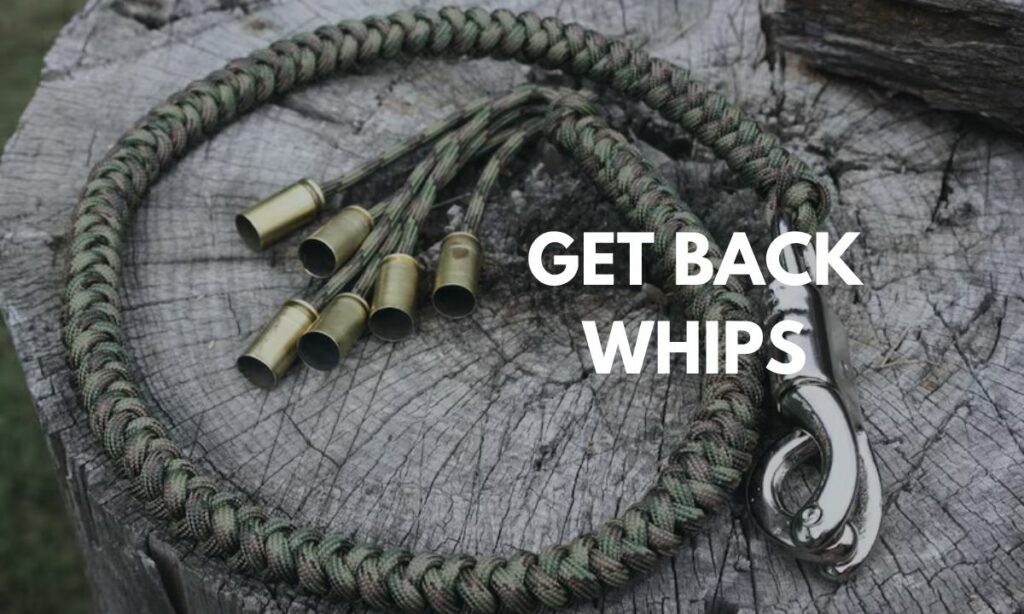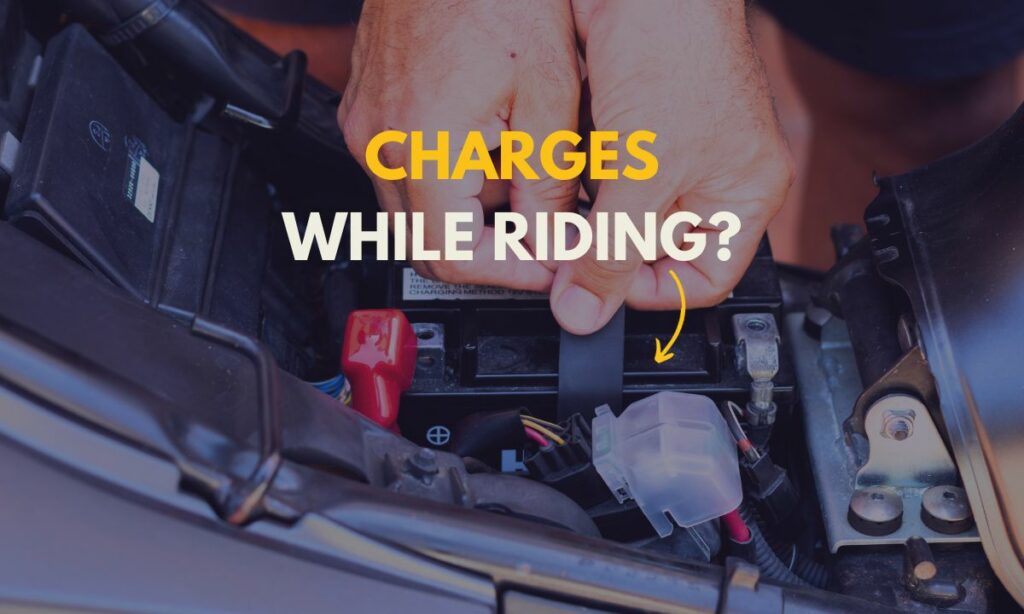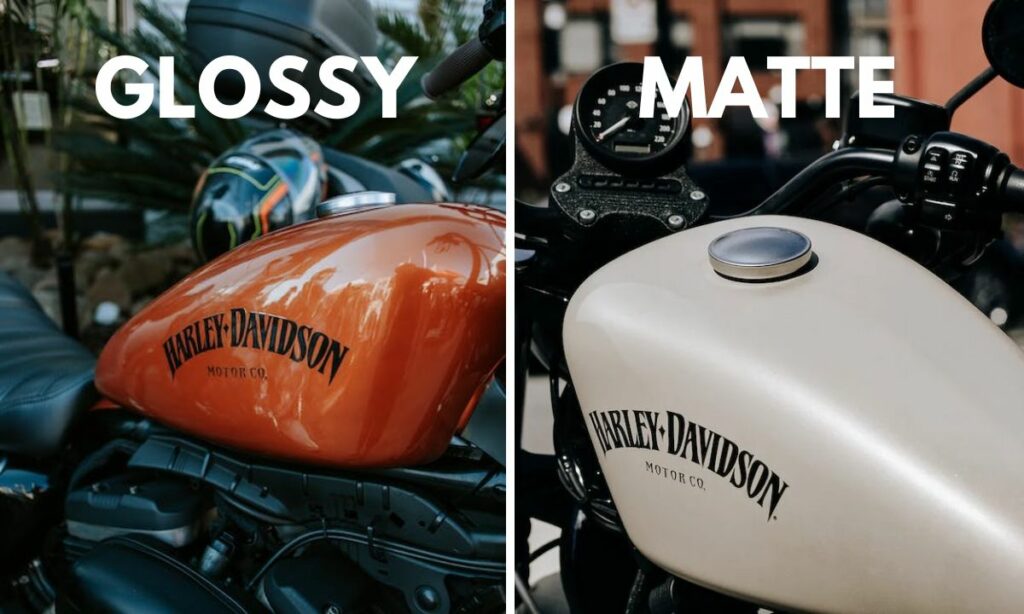Motorcycle Maintenance
Made Easy
Download our FREE maintenance checklist
to rev up your motorcycle health.
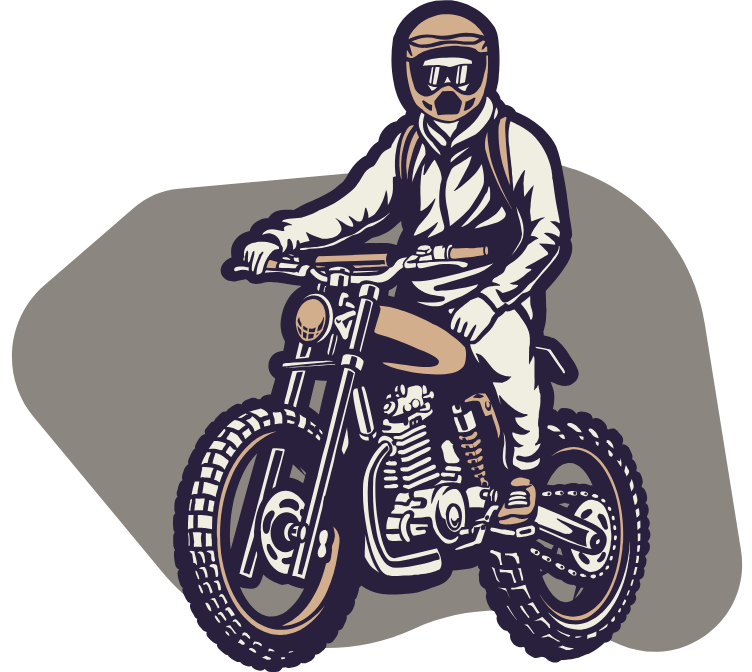
Editor’s Picks
Explore by Parts
What’s New
- Greatest Marketing Slogan in Motorcycle History
- Motorcycle Glossary
- Get Back Whips on Motorcycles (4 Silly Reasons Why Bikers Still Use Them)
- Does a Motorcycle Battery Charge While Riding? What Science Says
- Gas Mileage Calculator
- Matte vs Glossy Finish for Motorcycles – Which Is Better?

Download our FREE Maintenance Checklist
Improve your motorcycle health with our different tuning, repairs, and maintenance pointers.
